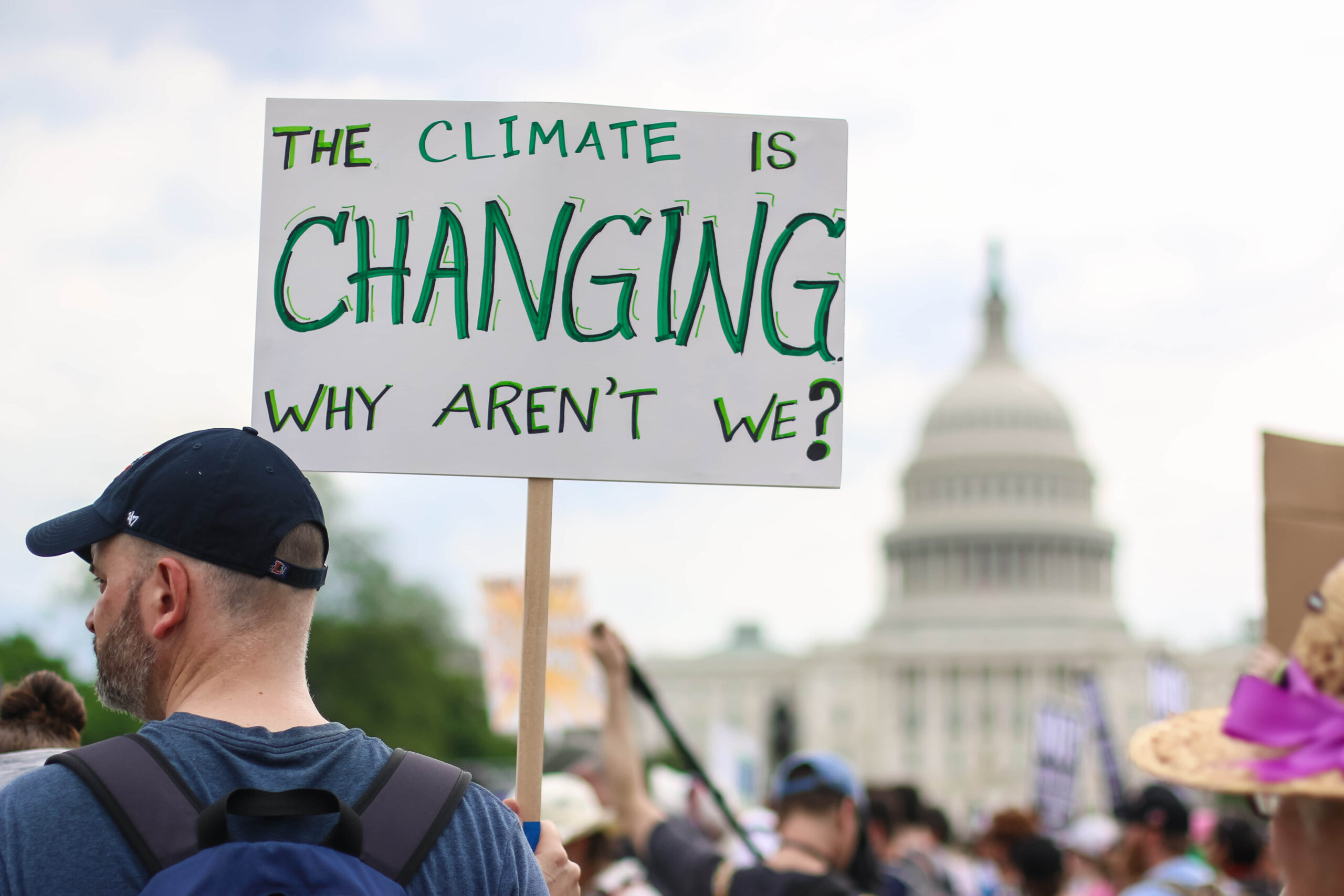Mass migration has happened in the past because of numerous reasons. During the era of discovery, we had people migrating in hopes of greener pastures in new lands. During the wars, people moved to avoid conflict and live peacefully. Now one of the biggest catalysts for migration is climate.
Over the past few decades, we’ve seen more disastrous environmental events than ever before. Earthquakes, hurricanes, and wildfires are becoming more common. Here are some notable events of recent years.
- In 2019, Cyclone Idai affected millions of people in Mozambique, leading many to move to try and find the assistance they needed.
- People from Central America are moving northward to the US and Canada because of a lack of food caused by extreme temperatures.
- Massive floods in China led many to move to nearby countries.
- Monsoons have displaced many from India and Bangladesh as they seek refuge elsewhere.
It may not be as catastrophic as the end of the world movies during the 2000s, but today’s extreme weather is no joke. There is a large-scale movement happening coinciding with extreme weather events. This change in the environment also means that many places are experiencing a scarcity of resources.
While it’s easy to explain extreme weather as a catalyst for people moving around the world, there is also a silent change. Scientists are observing changes in the landscape among many communities in the world. People are abandoning their rural life because of droughts leading to a lack of food supply. Fires now spark easily, leading more to be wary about living in warmer areas.
For many, migration will be to go to the nearest place that doesn’t have the problem they are experiencing. It could be the nearest largest city or the most accessible country. Some do not have the luxury of being able to cross borders when they migrate. Urban areas are becoming more populated as they become places of refuge, seemingly free from climate change effects.
One concern many experts have is that many countries may not be ready for the incoming migration. Millions may begin moving around in the coming decades due to the continuous and intensified events. Climate changes also mean a change in wildlife. There’s even the issue of pollution, rising sea levels, and changes in rain patterns.
Some believe that all these changes in the weather are a part of a much larger ecosystem cycle. The shifts in communities and populations may not be as drastic as people believe. Since ancient times, humans have changed locations throughout history. Instead of viewing migrations as a problem, it can be an opportunity for the places they go to.
Migrants can get the benefits of an established country like health care, work opportunities, and education. In exchange, the country receives a new workforce. According to the UN, there are many more factors to consider, and it isn’t leaning in one direction.
However, people cannot deny that a concentration of people in an urbanized area can also cause added weight to its resources. Many cities do not have the infrastructure to handle a wave of people and need to make adjustments. Some foresee events like these happening:
- Housing shortages
- Increased unemployment
- Rushed and chaotic urbanization
- Slum areas growing
With millions of people moving each year it’s not impossible that more people will migrate in search of better weather conditions. People want to move away from hot and drylands. There’s also the issue of sea levels rising in different parts of the world.
However, there is a possibility that we can avert the crisis, or that the changing climate will never reach the worst-case scenario. Even then, many people will begin moving in as they see changes happening in front of them. What will be the result? Time will tell if the events in the world right now will change the landscape as we know it.

